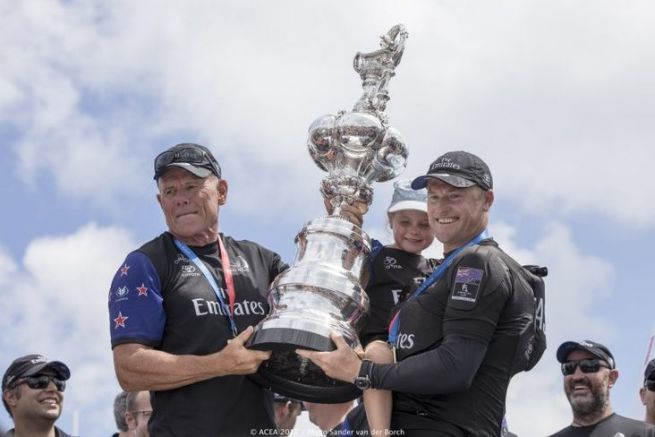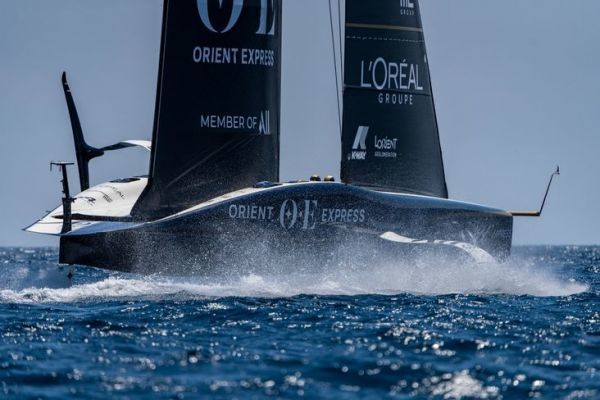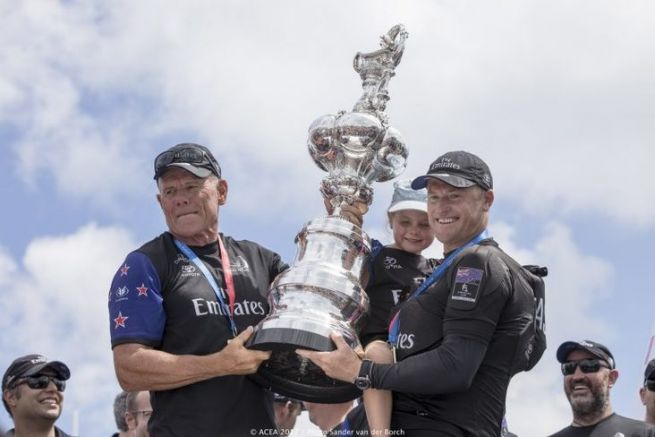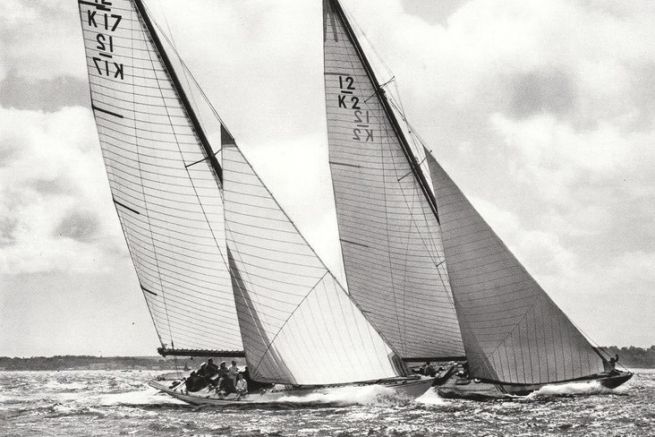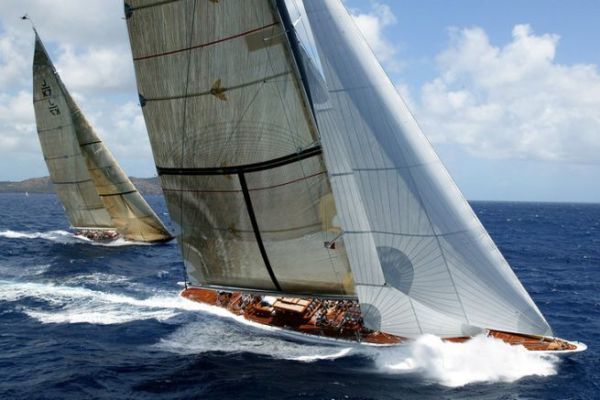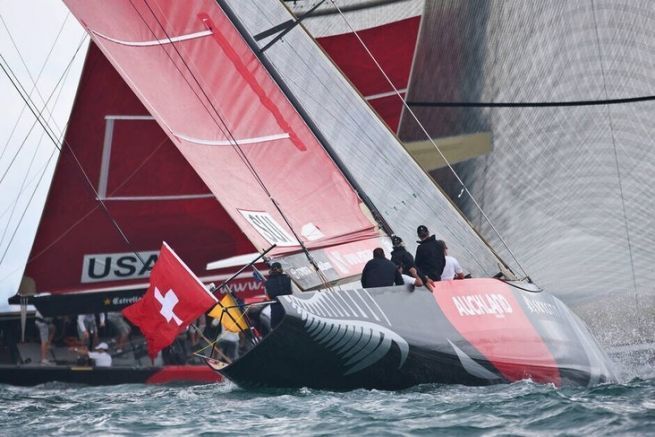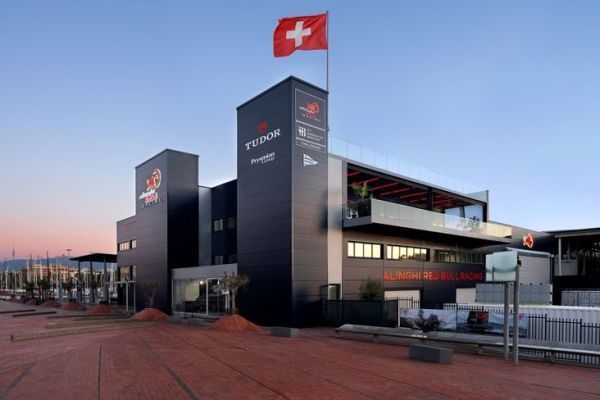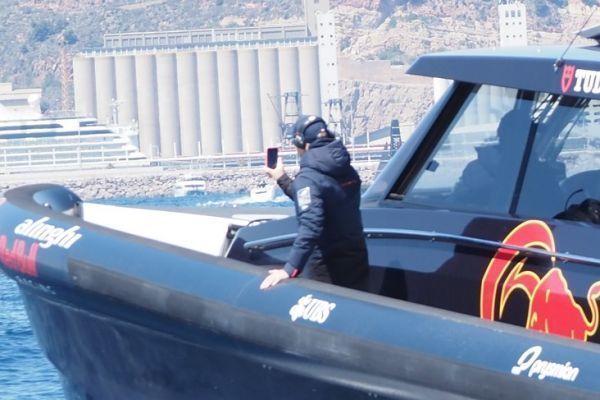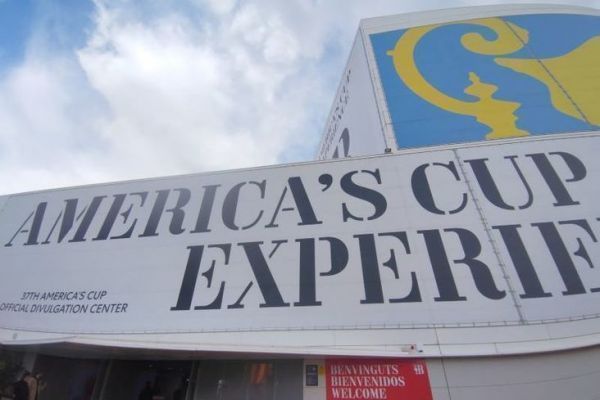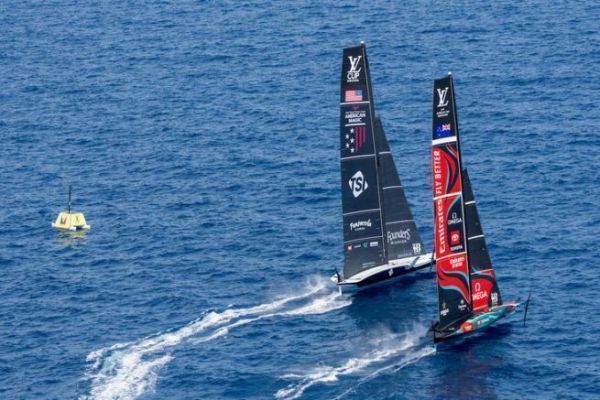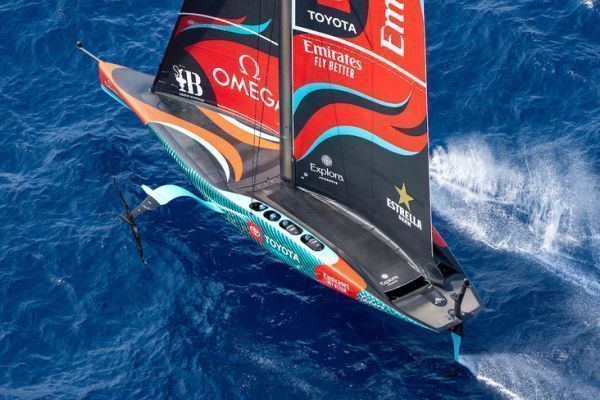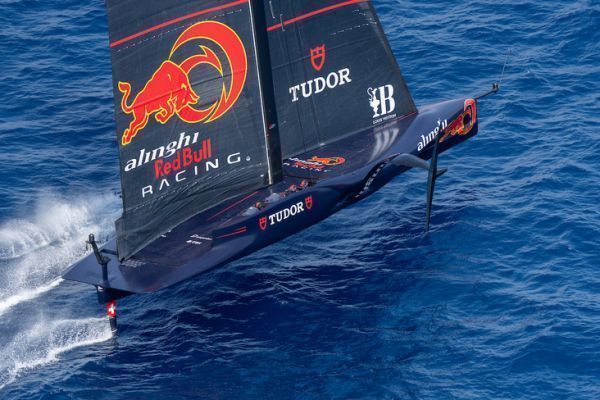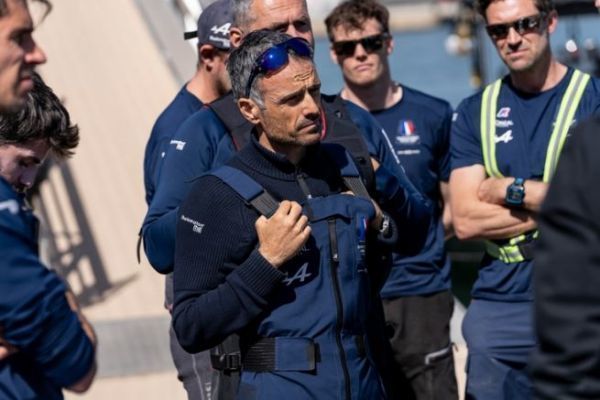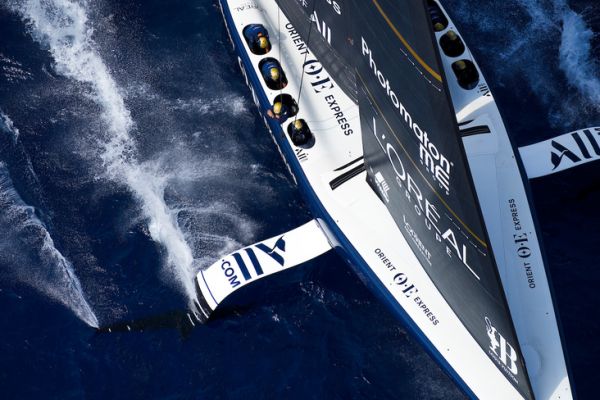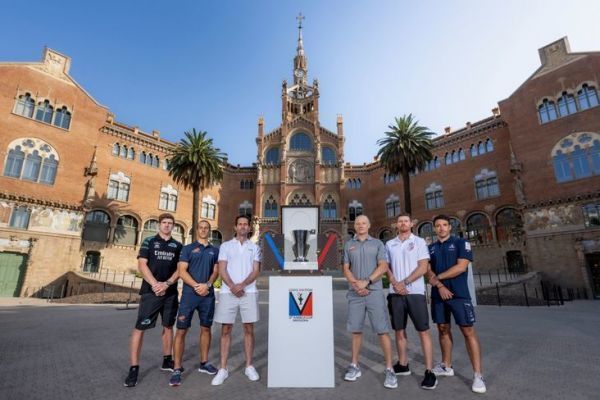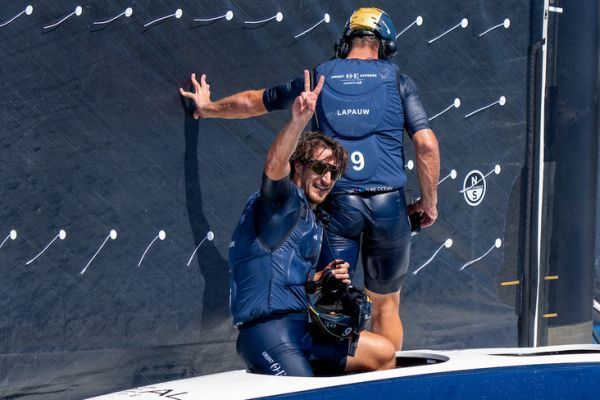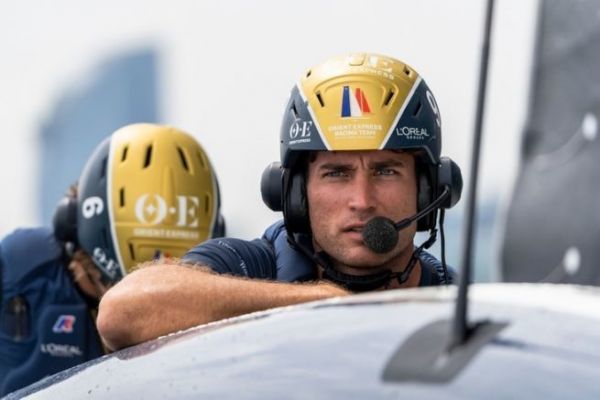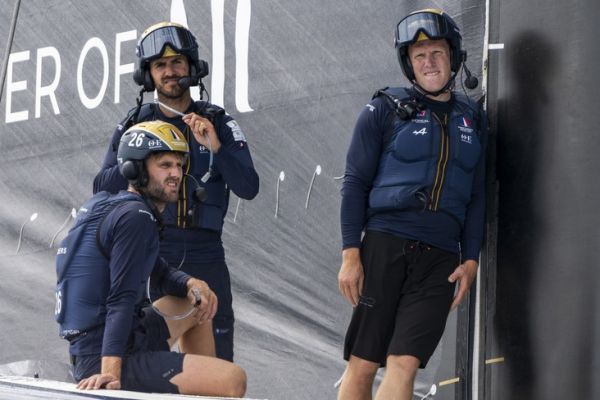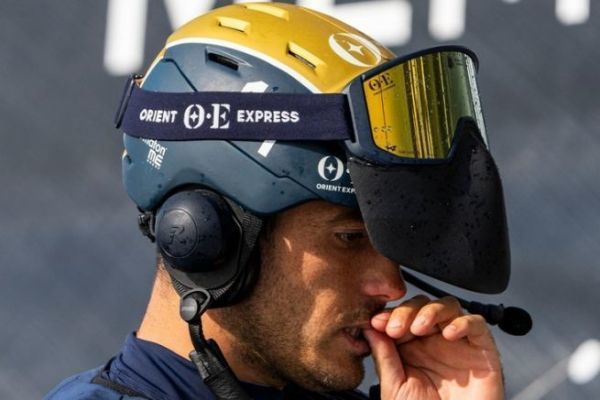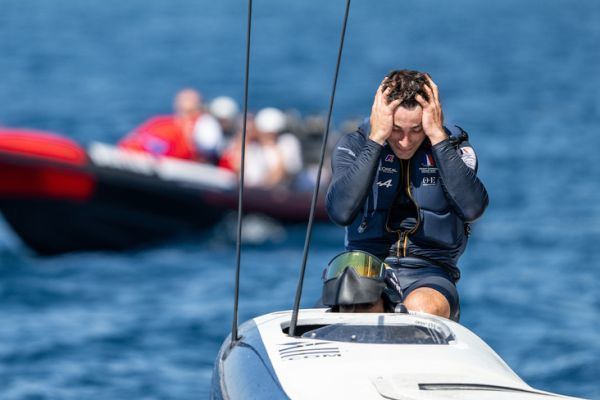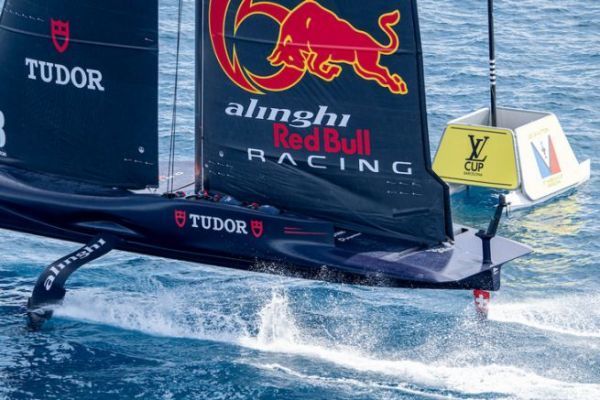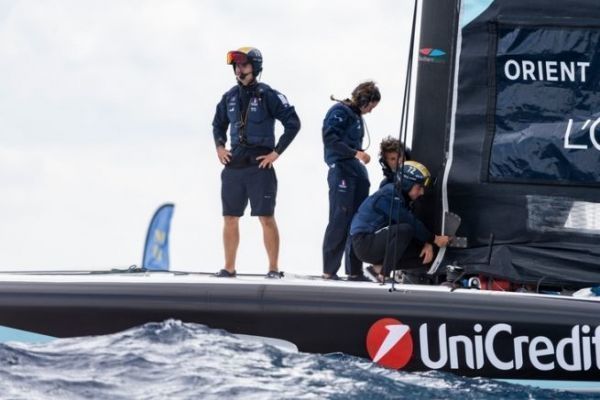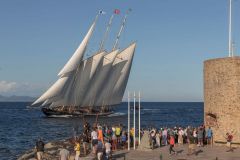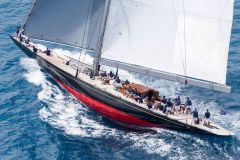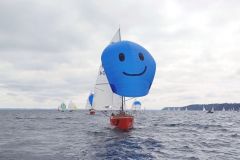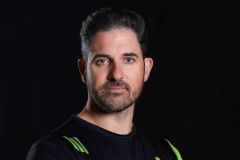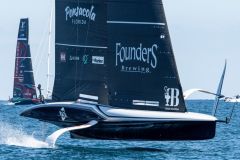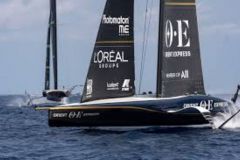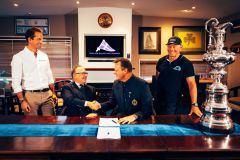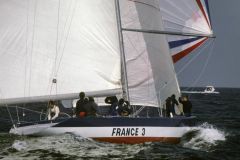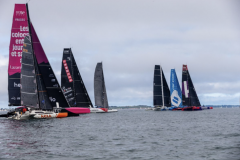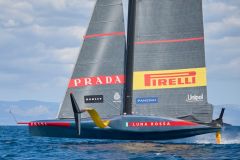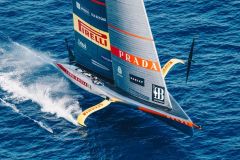A thumb of nose to the English
As part of the 1851 World's Fair, Great Britain invited an American yacht to participate in a regatta called "the 100 Guineas Cup". This yacht, financed by the New York Yacht Club, will be led by a crew of port pilots. At the time, the pilots were regatta sailors, as the different pilot companies were playing the game of the regatta to reach the ships in the approaches to New York Harbour. The first pilot to reach the ship to guide won the contract.
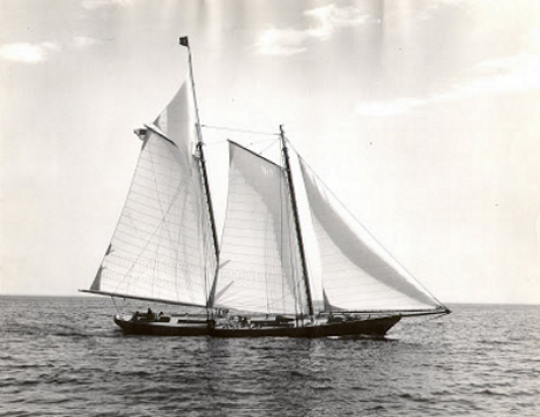
Financed by a group of yachtsmen, the architect James Rich Steers was chosen to design a schooner to be named America. Measuring 30 m and a displacement of 170 tons, it was manned by a crew of nine men. Led by Captain Richard Brown, America left New York on June 21, 1851, and reached the Isle of Wight on July 30, after a short stopover in Le Havre.
"Majesty, there is no second"
America faced its competitors on August 22nd 1851. Fifteen English yachts were selected from among the finest local yachts to compete against the American crew. The procedure was launched around 10:00 am and America took a second curtain start in last position. But the qualities of the ship and the talents of the navigator allowed America to sail between the sandbanks to the east of the Isle of Wight, while the other competitors were cruising offshore. America won the regatta, and the runner-up didn't arrive until 18 minutes later. It was then that Queen Victoria, who was watching the finish from her personal yacht, asked who the runner-up was and received the now famous reply: "Majesty, there is no runner-up.
The cup will be replaced by the head of the skipper who has lost it
After the victory of the schooner America, the Cup was exhibited in the hushed salons of the New York Yacht Club. The British, joined by other foreign syndicates, tried for several decades to take it from the Americans.
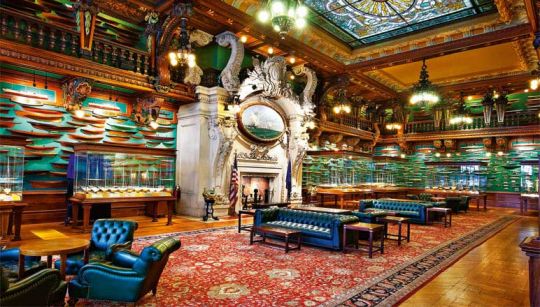
These were well aided by the principle that the winner has the privilege of organising the defence of his title by choosing the venue, date and format of the regatta. The cup is governed by a text called the "Deed of Gift", the main interest of which is to be circumvented by the legal departments of the various unions.
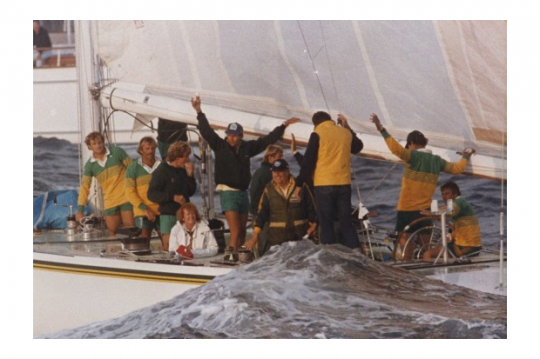
But in 1983, the unthinkable happened. The crew led by Dennis Conner was beaten by the Australian syndicate, greatly aided by a revolutionary fin keel. It was the end of a supremacy that lasted 132 years, the longest sporting domination in history. The leaders of the New York Yacht Club would have demanded that the head of the skipper who had lost the regatta be deposited in the place left empty by a cup that had been blown to the antipodes.
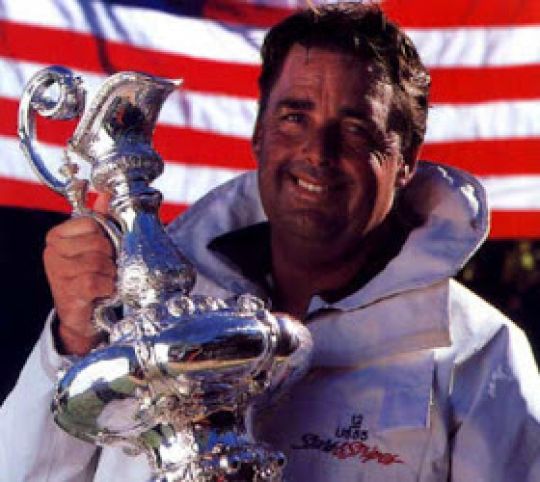
With Dennis Conner's side hanging on tightly, he was able to get his revenge in 1988 by beating the Australians on the Fremantle waterfront, but in the colours of the San Diego yacht club.
The multihulls are coming down in 2010
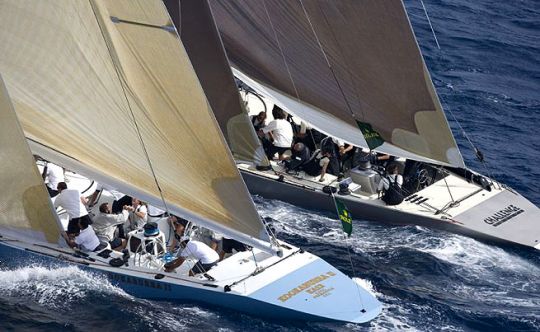
Competed on monohulls of different classes (J Class, 12JI or America's Class), the Cup remained the prerogative of the Anglo-Saxon syndicates until 2003, when Alinghi's Swiss crew won the Cup in Auckland and became the first country to bring the ewer back to Europe in 152 years.
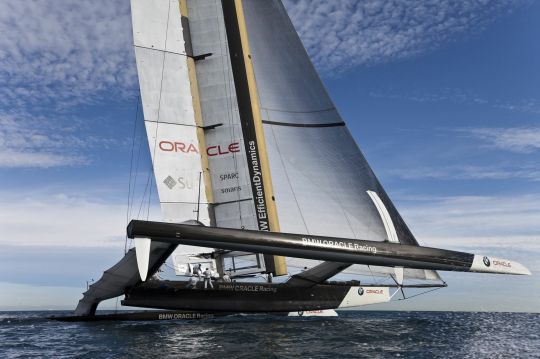
Following yet another judicial imbroglio between the Swiss and the Americans, the 2010 edition will boil down to a duel between the two protagonists, forbidding other trade unions to take part. This confrontation pitted the Swiss conventionally-rigged catamaran against the American trimaran equipped with a rigid wing. The latter winning the first two regattas, the cup was repatriated to San Francisco.
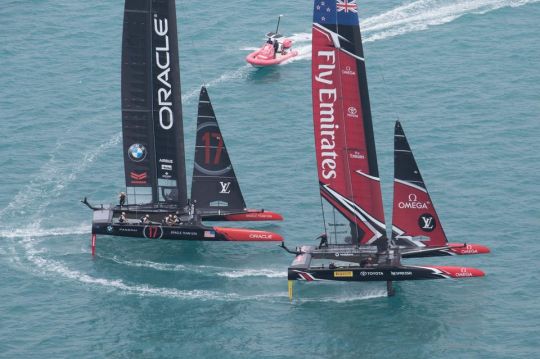
The following editions will take place on 72 and then 50-foot hydrofoil catamarans.
A nautical joust where all blows are allowed
As early as 1851, English and Americans clashed on the water, but also in court. The English blamed them for not respecting the rules of the race. Since then, the history of the Cup has always been linked to quarrels between lawyers of the different unions.
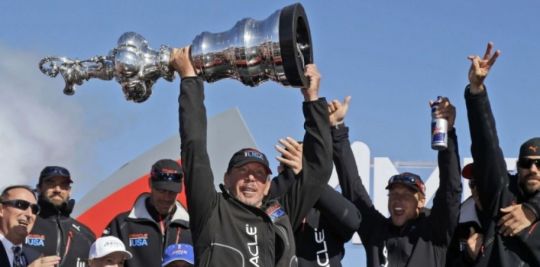
In the ruthless world of cutting, architectural espionage is the norm, low blows and betrayals are secular in this microcosm of big money. At the last edition in Bermuda, the budget of the English syndicate was estimated at 132 million euros. By way of comparison, the budget for the entire 2020 Vendée Globe fleet (i.e. 32 IMOCA boats) is estimated at 120 million euros spent over three years. Financial excess is the order of the day and "conventional" sponsors are no longer enough. Captains of industry have to dip into their own funds to finance the syndicates.
All for the glory, because there is no financial reward for the winner...

 /
/ 